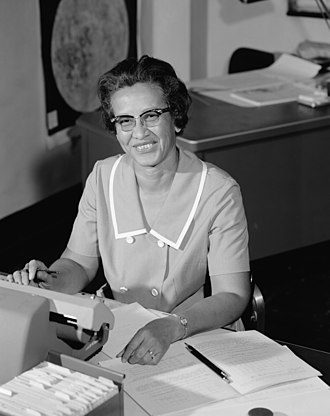SpaceX: The Revolution in Space Exploration and Technology
Space Exploration Technologies Corp., better known as SpaceX, is a private aerospace manufacturer and space transport services company founded in 2002 by Elon Musk. With a mission to make life multi-planetary, SpaceX is revolutionizing the space industry with its innovative technology and cost-effective solutions. A Brief History of SpaceX SpaceX was founded with the goal of reducing space transportation costs and enabling the colonization of Mars. In 2008, SpaceX became the first privately-funded company to send a spacecraft to the International Space Station. Since then, the company has continued to make major advancements in the aerospace industry, including the development of reusable rockets, the Falcon 9 and Falcon Heavy, and the Crew Dragon spacecraft. Innovations in Rocket Technology One of SpaceX’s major contributions to the space industry is its reusable rocket technology. The Falcon 9 and Falcon Heavy rockets have been designed to be reused multiple times, reducing the cost of space launches and making space exploration more accessible. In addition, the company’s success in landing and reusing its rockets has also sparked a new era of innovation in rocket technology. Falcon 9 Falcon 9 is a powerful and innovative rocket that has revolutionized the space industry since its first successful launch in 2010. Developed by SpaceX, Falcon 9 has become a key player in the commercial space sector, with its advanced technology and reliable performance. In this article, we’ll explore the history and capabilities of Falcon 9, and why it’s a game-changer for the future of space exploration and transportation. The Early Days of Falcon 9 SpaceX was founded in 2002 with the goal of making space travel more affordable and accessible. The company’s first rocket, Falcon 1, was designed to be a smaller and more cost-effective alternative to traditional government-built rockets. However, Falcon 1 faced numerous setbacks and only had one successful launch before being retired in 2009. The Birth of Falcon 9 Undeterred by the difficulties faced by Falcon 1, SpaceX set its sights on developing a larger and more capable rocket. In 2008, the company introduced Falcon 9, which was designed to carry heavier payloads and reach higher orbits. The first successful launch of Falcon 9 took place in 2010, and since then, the rocket has completed dozens of successful missions for both government and commercial clients. What Makes Falcon 9 So Special? One of the key innovations of Falcon 9 is its reusable first stage. Unlike traditional rockets, where the first stage is discarded after each launch, Falcon 9 is designed to return to Earth and be used again. This makes launches more cost-effective and environmentally friendly, as it reduces the need for new rockets to be built for each mission. Another unique aspect of Falcon 9 is its advanced propulsion system. The rocket uses nine Merlin engines, which are highly efficient and capable of producing over 1.5 million pounds of thrust. This provides Falcon 9 with the power it needs to carry heavy payloads into space and complete challenging missions. Falcon 9 in Action Since its first launch in 2010, Falcon 9 has been used for a wide range of missions, from delivering satellites into orbit to resupplying the International Space Station. Some of the most notable missions include: Looking to the Future With its proven track record and innovative design, Falcon 9 is set to play a significant role in the future of space exploration and transportation. SpaceX has already announced plans for a new version of Falcon 9, known as Super Heavy, which will be capable of carrying even heavier payloads and enabling missions to the Moon and beyond. The Crew Dragon and Space Tourism The Crew Dragon spacecraft, developed by SpaceX, is a new type of spacecraft designed to carry astronauts to the International Space Station. In addition to its capabilities for space travel, the Crew Dragon has also been designed for space tourism. With its comfortable and user-friendly design, the Crew Dragon offers a new level of accessibility for people to experience space travel. The Journey to Mars SpaceX’s ultimate goal is to make life multi-planetary by establishing a self-sustaining city on Mars. The company has been working towards this goal through the development of its Mars transportation system, including the interplanetary spaceship, Starship. The starship is being designed to carry large numbers of people and cargo to Mars, and will be a key component of SpaceX’s plan to establish a permanent presence on the red planet. Conclusion SpaceX is at the forefront of innovation in the aerospace industry, with its reusable rocket technology, the Crew Dragon spacecraft, and plans for interplanetary travel. The company’s vision to make life multi-planetary is inspiring a new generation of space enthusiasts and helping to shape the future of space exploration.
SpaceX: The Revolution in Space Exploration and Technology Read More »



